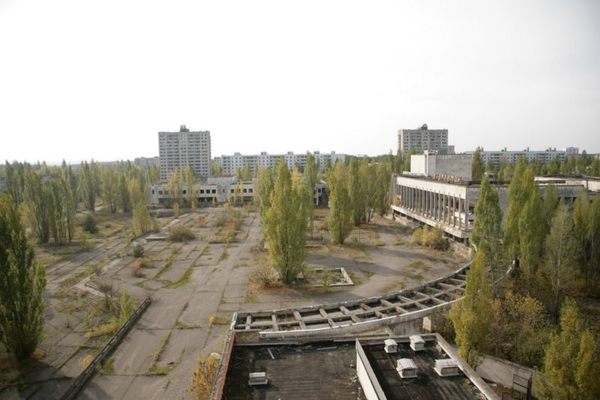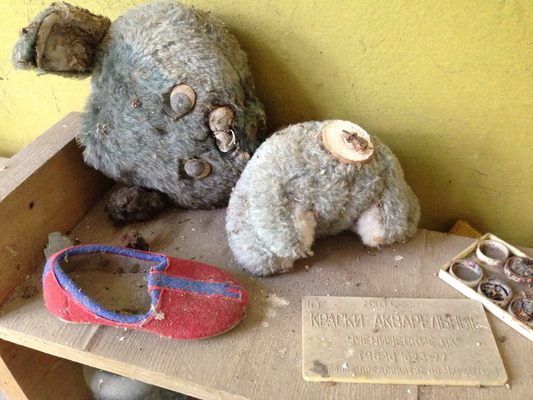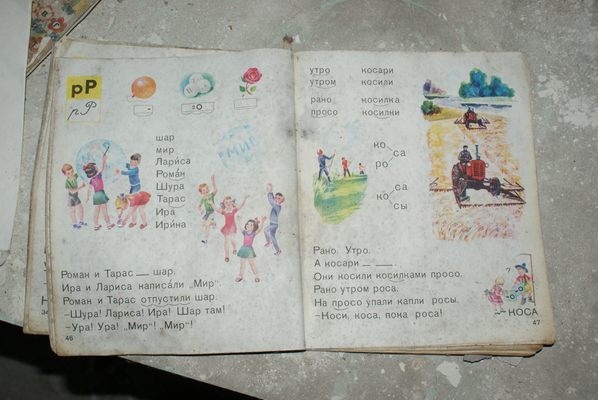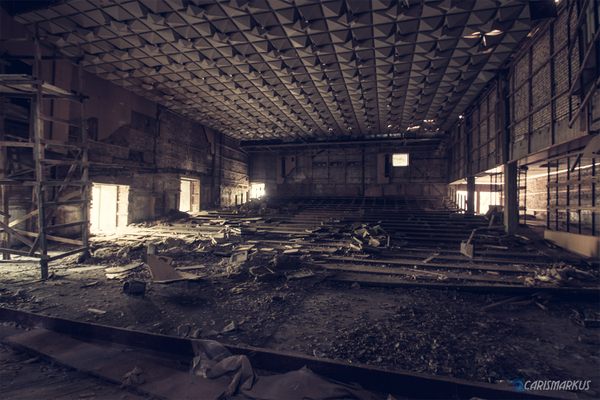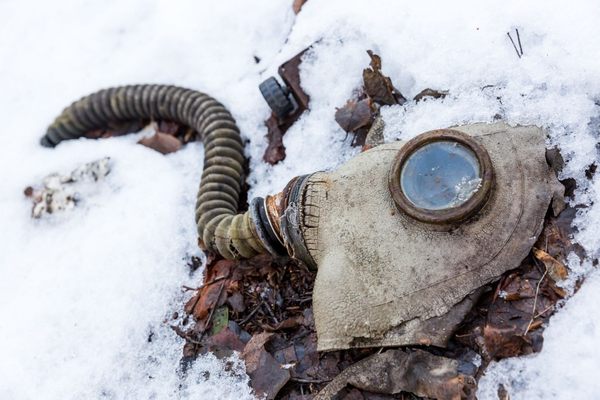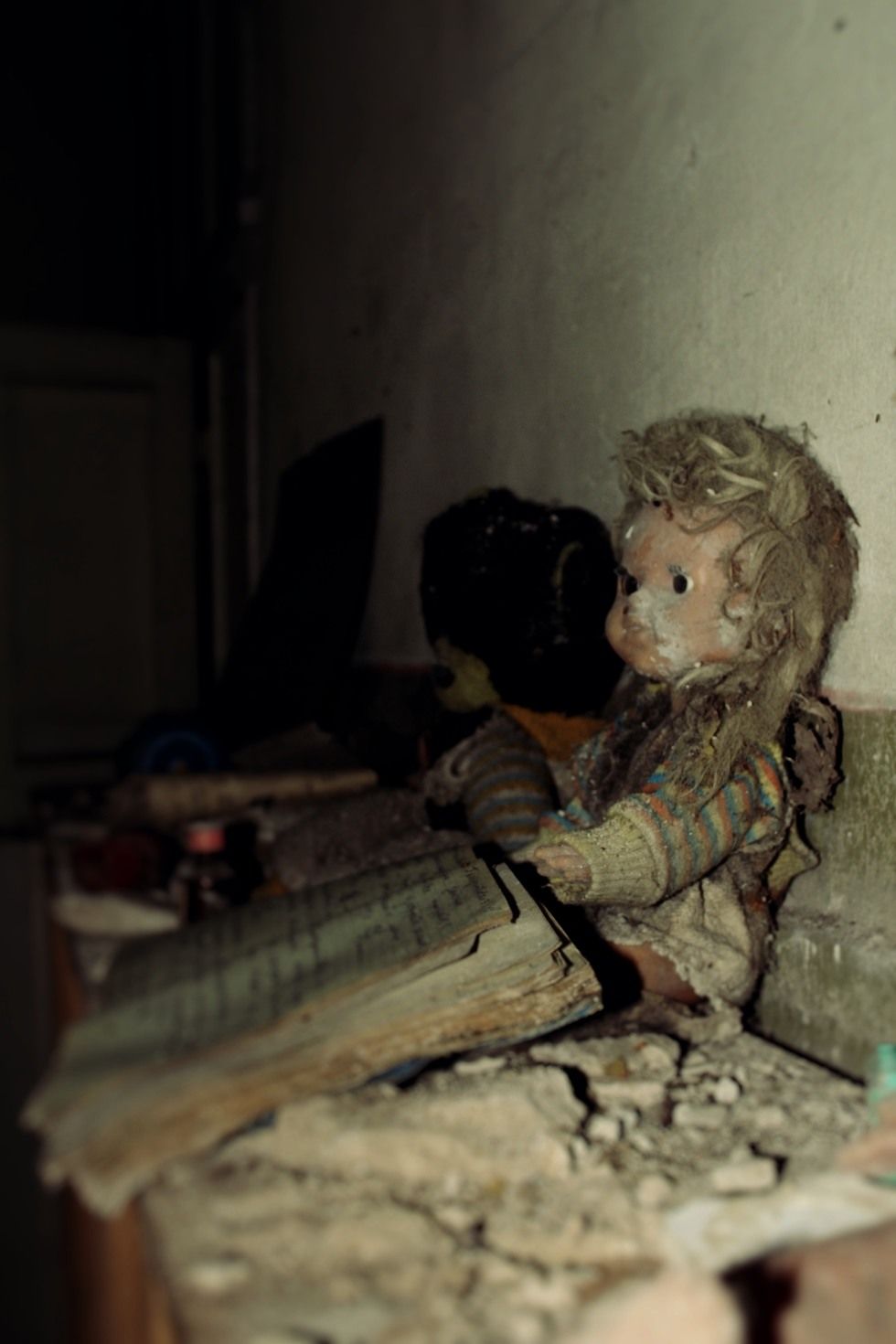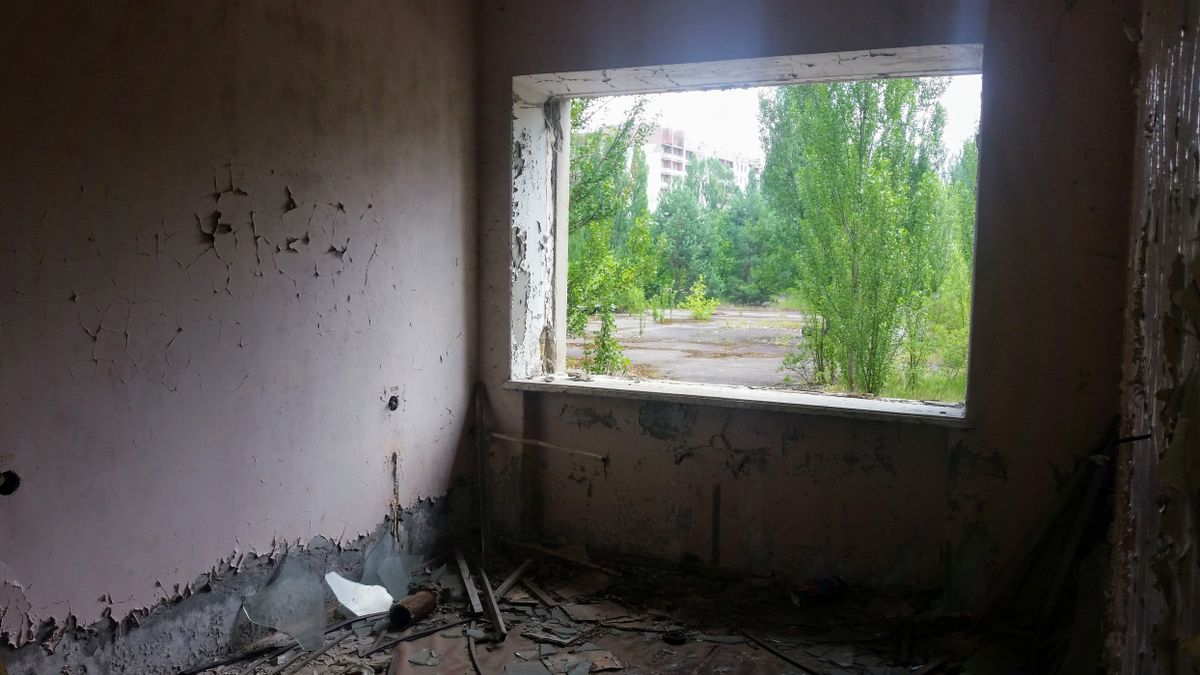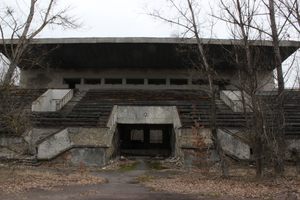About
When one thinks of Chornobyl, a vacation spot is certainly not the first thing to come to mind. However, more than three decades after the terrible reactor meltdown, tours of the contaminated towns surrounding the infamous reactor are gaining in popularity.
On April 26, 1986, during a test to see how much power was needed to keep the No. 4 reactor operating in the event of a blackout, the No. 4 reactor of Chornobyl Nuclear Station exploded causing fire, which led in the following days to much damage to the building, releasing dangerous amounts of radioactive chemicals into the air, which over time contaminated millions of square miles in dozens of European nations. The IAEA estimates that approximately 30 people were killed by the explosion and related radiation exposure, with several thousand additional deaths due to higher cancer incidence possible over the long term.
The town closest to the No. 4 reactor was Prypiat, a city of 49,000 founded in 1970 to house workers from Chornobyl. It had 15 primary schools, a large hospital complex, 25 stores, 10 gyms, along with parks, cinemas, factories, a pool, an amusement park, and other marks of a thriving community. Because of the people who lived there, it was one of the most beautiful and luxurious cities in the Soviet Union. Only about three kilometers from the explosion, the entire city was forced to completely evacuate in just three hours on April 27. It was possible only because this scenario was part of the building plans of the plant.
Over three decades later, this ghost town is a freeze-frame of the Soviet Union in 1986. Communist propaganda still hangs on walls, and personal belongings litter the streets and abandoned buildings. The hammer and sickle decorate lampposts, awaiting May Day celebrations that never took place. Toys are strewn about a schoolhouse where they were last dropped by children who are now fully grown. All clocks are frozen at 11:55, the moment the electricity was cut.
Despite the common info, the city was never completely abandoned. Military, police, scientists, and other public authorities use the city as a base to clean radiation in the newly created zone of alienation. The famous pool was in service until 1996. There is still electricity in some part of Prypiat, and to this day there is a functional vehicle base in the city, water supply for the plant, and in the former laundry... there are still laundry after 30 years, where the uniforms of plants workers are washed. in the same building triangle radiation danger signs are made.
Ironically, the absence of humans has been excellent for wildlife. In 1986 wildlife was not doing well in Chernobyl, outcompeted for resources by pine and dairy farms. After people left the deer and boar populations returned almost immediately, and despite having radiation levels thousands of times higher than normal, they were not showing obvious signs of mutations (though the plants got pretty weird including some actual glowing) and the animal populations grew enormously. After the elk, moose, deer, and boar returned so did their predators the wolves and lynx. Today the animal populations more closely resemble that of a national park than a radioactive containment zone. As it turns out, from the animal's point of view, a nuclear disaster is preferable to normal human habitation.
To tour Prypiat, Chornobyl, and other surrounding villages, one must first obtain a day pass from the government. These passes can be obtained through the touring companies located in Kyiv, about 110 kilometers from the blast site. There are five well-known tour agencies that take visitors to Prypiat. However, due to the lack of repair, the buildings and other structures in the town are becoming increasingly dilapidated. Because of this, many tour companies will not allow visitors into the buildings.
Other than the crumbling buildings, safety is not a major concern. It takes between 300 and 500 roentgen per hour of radiation to deliver a lethal dose. Levels on the tour range from 15 to several hundred micro-roentgens per hour. All tours end with screening for radiation levels.
Already, after only three decades of abandonment, Prypiat is beginning to be swallowed up by the surrounding forest. Someday soon, it will no doubt be completely overgrown.
Related Tags
Community Contributors
Added By
Published
August 12, 2016
